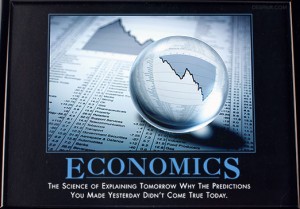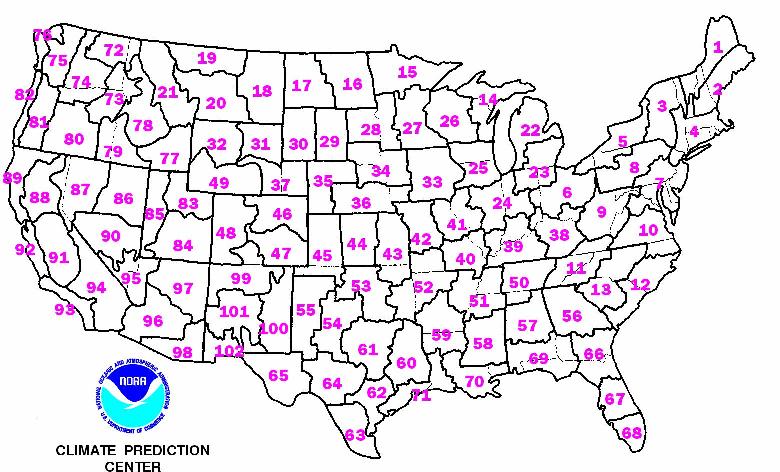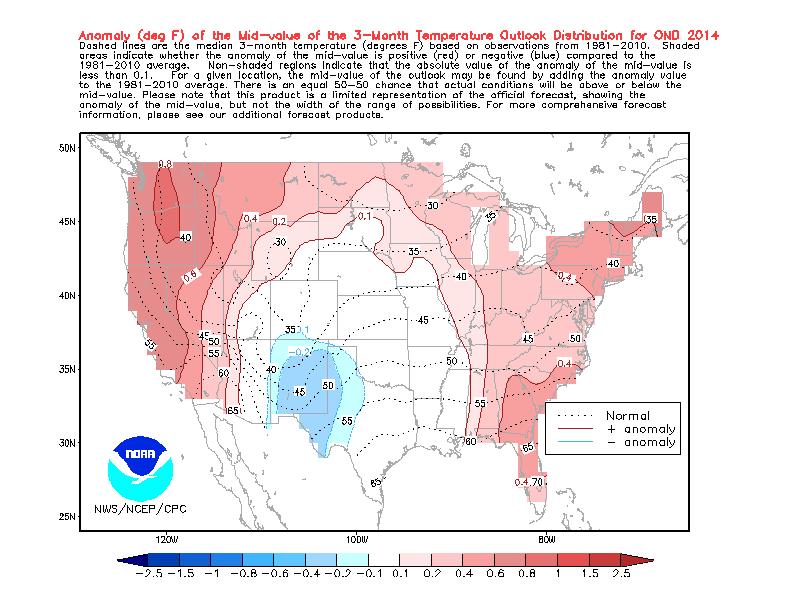Theoretical Physics

Theoretical physics is a branch of physics which employs mathematical models and abstractions of physical objects and systems to rationalize, explain and predict natural phenomena. This is in contrast to experimental physics, which uses experimental tools to probe these phenomena.
Professor David Paganin, from the Faculty of Science over at Monash University’s talks about his passion for physics in this interesting video. He has worked with us in the past and we are always excited to hear him speak. He really is a prodigy and an expert in the field.
…
Breakthroughs Of 2013
Some of the information contained in this video has been proven. We find it relative to what is developing in the scientific community these days. We applaud all those involved in advancing in the sciences as this is how we develop and continue to grow in our field.
The university of Rochester has made quite a jump in scale in recent years. We are honored to be included in the study.
For more info contact us at advances@carleton-scientific.com
…
Probability
When we talk about probability we talk abut the likeliness of something to happen or for an event to occur. There are many instances where probability come into play but for many times we are able to highlight the occurrences with a simple math formula. All probability theory can be illustrated with a simple formula. Each time a formula is devised from an action we can assume the probability to increase. Take a look at some of the examples below.
In general:
| Probability of an event happening = | Number of ways it can happen | |
| Total number of outcomes |
Example: the chances of rolling a “4” with a die
Number of ways it can happen: 1 (there is only 1 face with a “4” on it)
Total number of outcomes: 6 (there are 6 faces altogether)
| So the probability = | 1 |
| 6 |
Example: there are 5 marbles in a bag: 4 are blue, and 1 is red. What is the probability that a blue marble will be picked?
Number of ways it can happen: 4 (there are 4 blues)
Total number of outcomes: 5 (there are 5 marbles in total)
| So the probability = | 4 | = 0.8 |
| 5 |
While no event can be predicted with 100% accuracy, we strive to find a likeliness of an event to happen using the formulas above. When we add in an X-factor which is the random theory we can formulate that any of the above can become untrue by virtue of randomness. This is what makes probability so interesting. What is the likeliness of an event to occur is the question we attempt to answer.…
Hong Kong Electronics Fair
 13-16 October 2014 (Monday-Thursday)
13-16 October 2014 (Monday-Thursday)
Edition : 34th
Venue : Hong Kong Convention and Exhibition Centre
1 Expo Drive, Wan Chai, Hong Kong (Harbour Road Entrance)
Organiser : Hong Kong Trade Development Council
Sponsor(s) :
The Chinese General Chamber of Commerce, Hong Kong
The Chinese Manufacturers’ Association, Hong Kong
Federation of Hong Kong Industries
Hong Kong Electrical Appliance Industries Association
The Hong Kong Electronic Industries Association
The Hong Kong Exporters’ Association
The Hong Kong General Chamber of Commerce
The Indian Chamber of Commerce Hong Kong
Trade and Industry Department, HKSAR Government…
Economics

The social science that studies and quantifies the process of production in society. Factoring all processes and engineering that goes into the supply, distribution and consumption of an economy.
See Economics for a more thorough and complete explanation…
Prediction Graph

For original article see Climate Prediction Center…
 …
…
Recent Comments